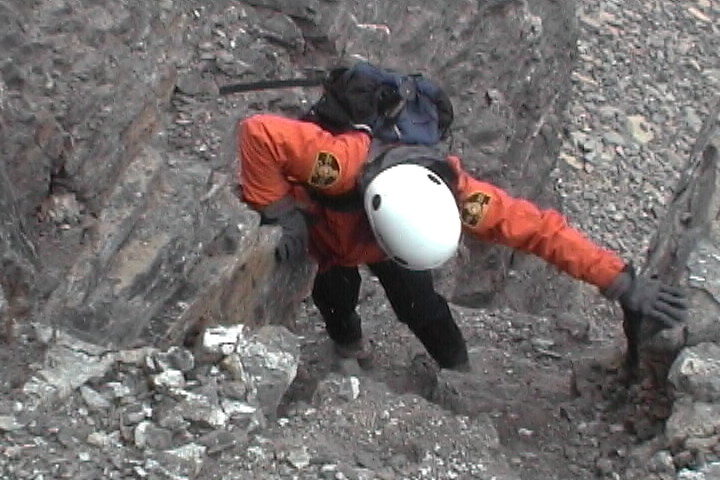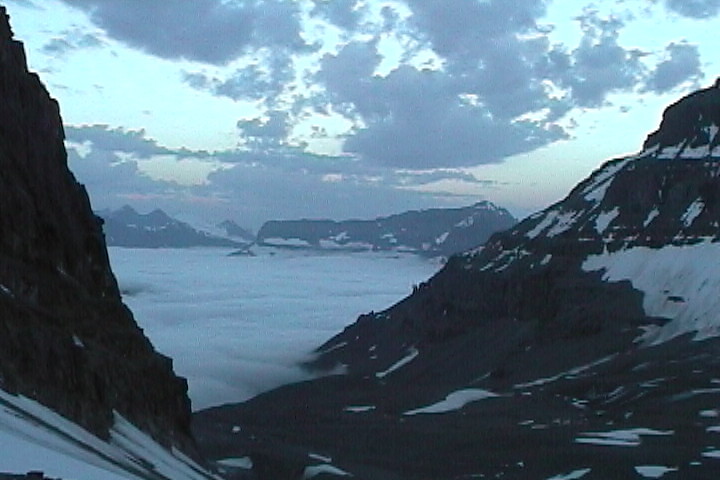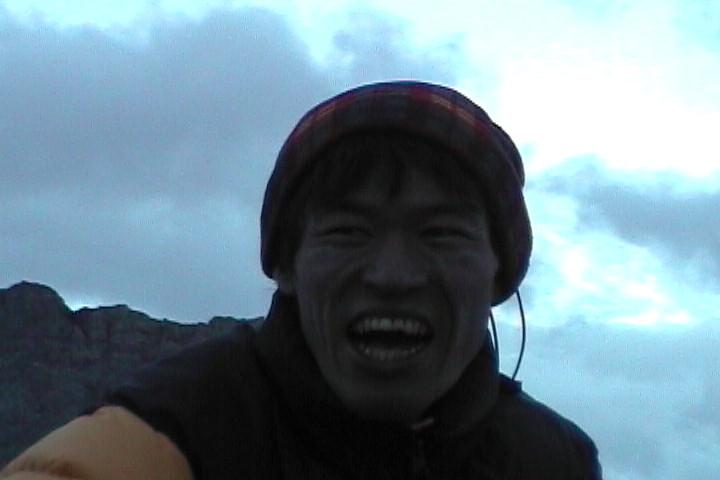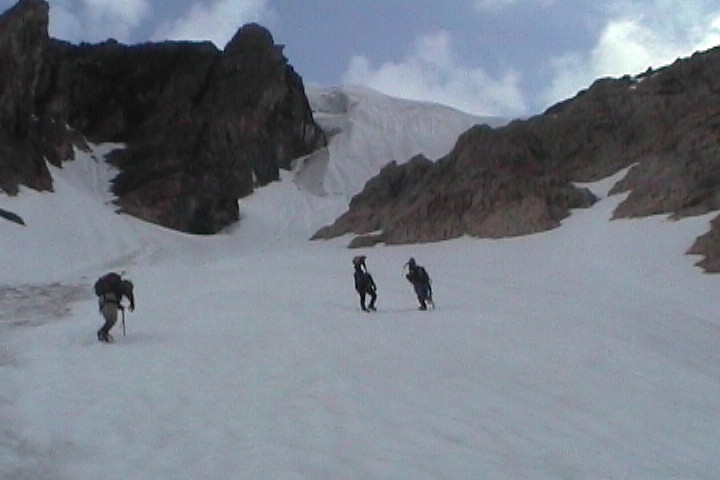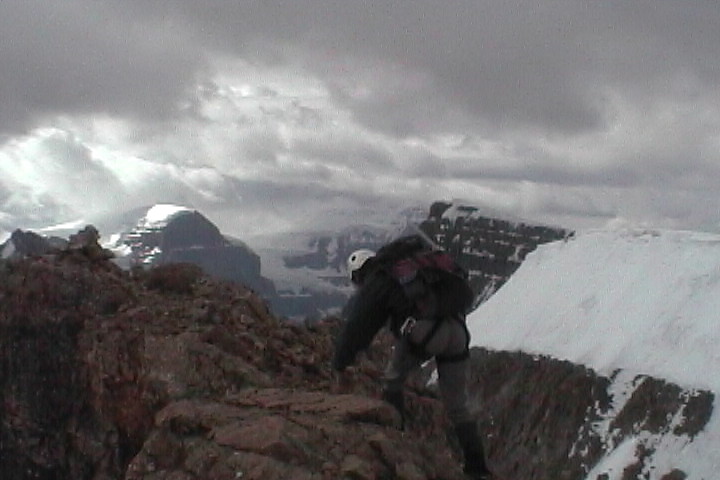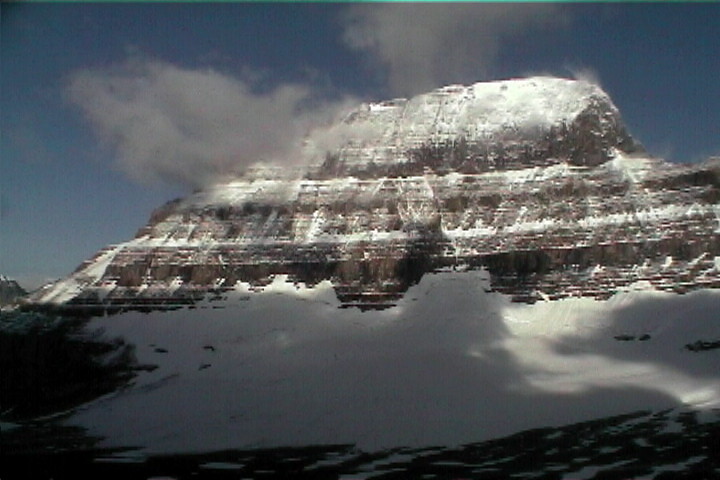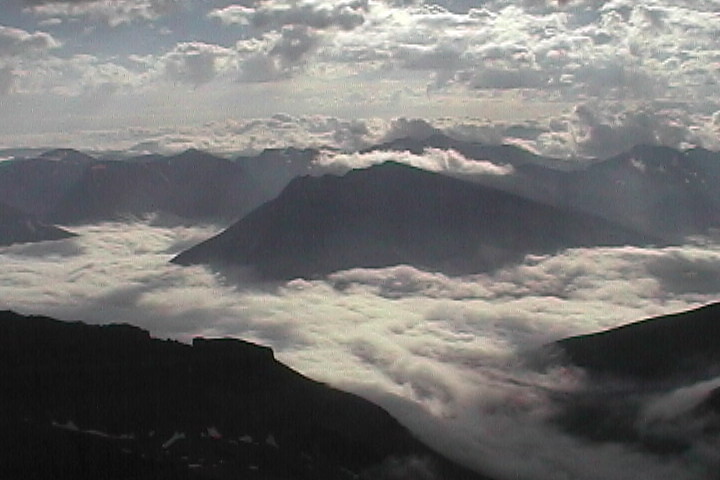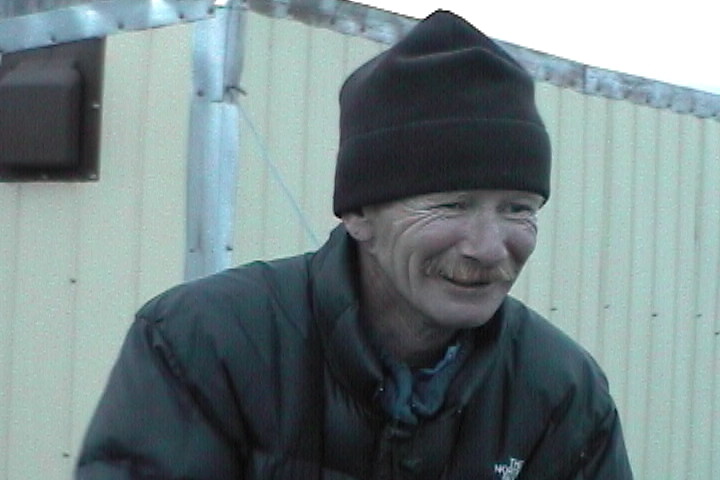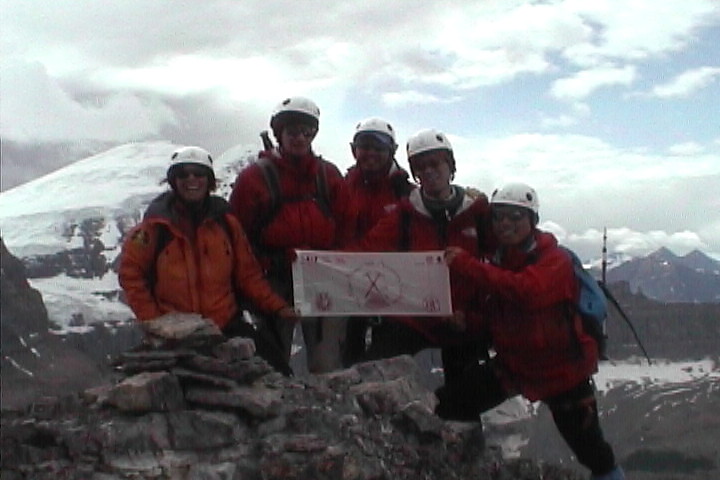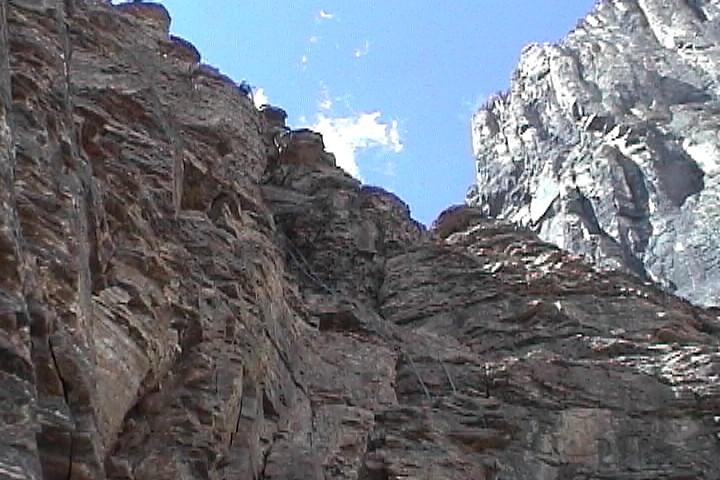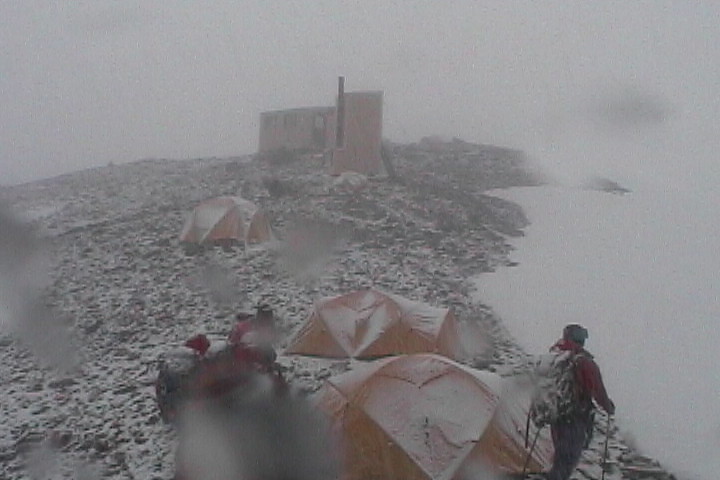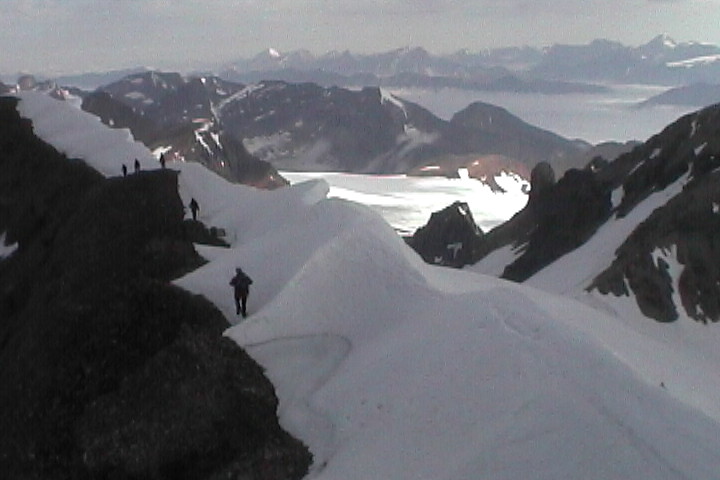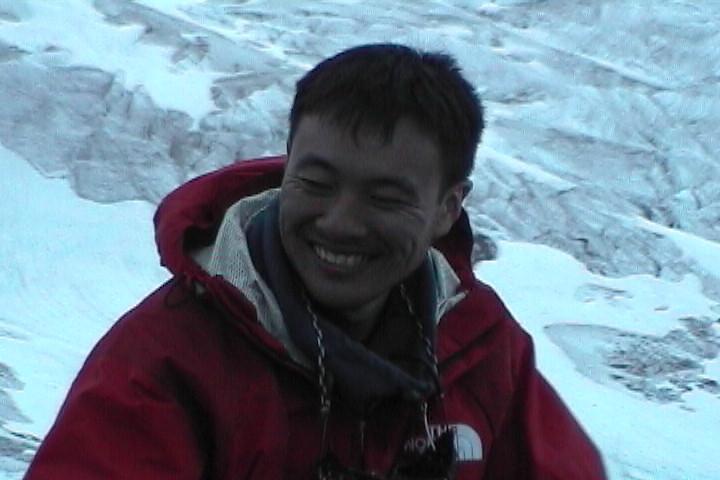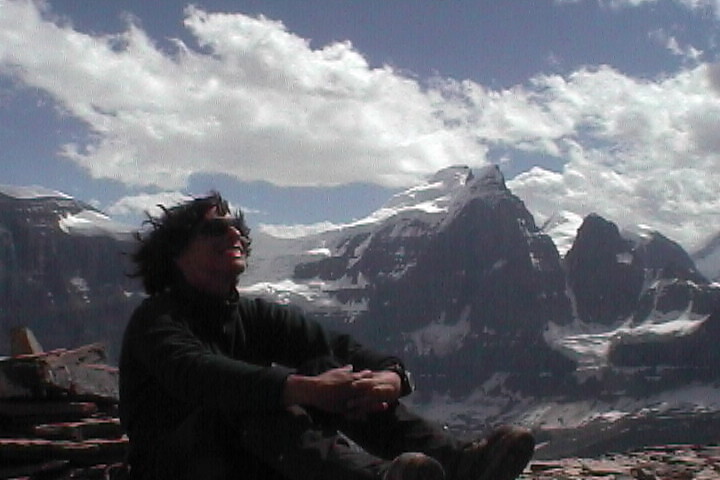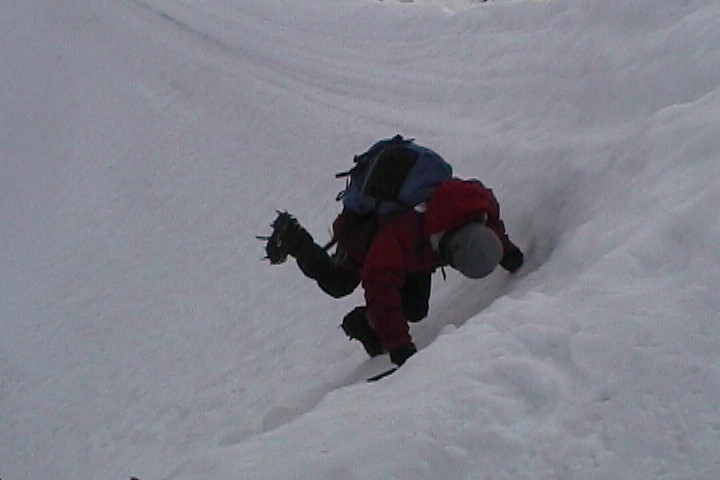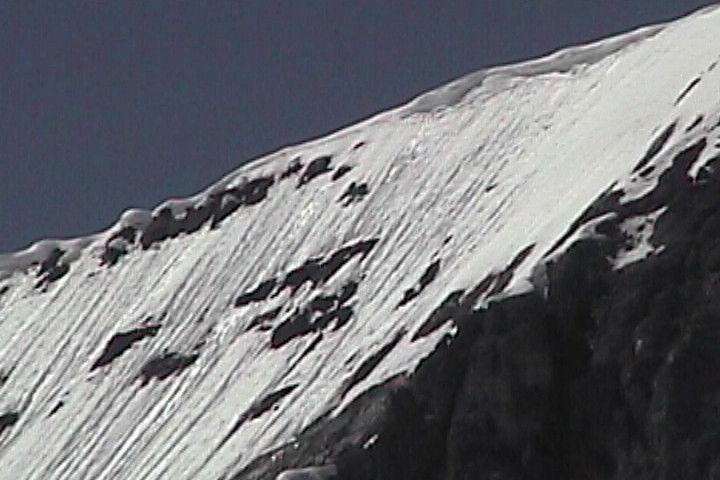Rockies History: Mount Alberta's Silver Ice Axe
An ice axe, left by a Japanese climbing party on the summit of Mount Alberta, in 1925, would be a source of local mountaineering “myths” and mysteries for many years.
Planted Lore on Alberta's Summit
Mount Alberta, the sixth highest peak in the Canadian Rockies, stands 3,619m tall in the Winston Churchill Range of the Canadian Rockies. Located in the upper Athabasca River Valley of Jasper National Park, Mount Alberta was named after Princess Louise Caroline Alberta in 1898.
In 1925, a Japanese climbing party consisting of six Japanese climbers and three Swiss guides, would attempt and be the first expedition to successfully summit the steep, remote and extremely loose rock of the mountain.
The party, led by Yuko Maki left an ice axe in a summit cairn as proof of their accomplishment. The story of the ascent would become well known, but it was the story of the axe that took on a life of its own - it grew into legend, spanned three quarters of the 20th Century and spawned a partnership between the modern alpine clubs of Canada and Japan.
The Silver Ice Axe
The mountain was not climbed again for 23 years and in that time the legend of the summit ice axe grew until local folklore claimed that it was made of pure silver and was given to the expedition by none other than the Emperor of Japan.
It was not until 1948 when an American party made the second ascent of the mountain that it was discovered that the axe was not silver, but a Swiss design, made with a wooden shaft and steel head. On the head of the axe, the initials M.T.H. were engraved in gold leaf standing for the sponsor of the original climbing team Marquis Mori Tatsu Hosokawa. This would dispel the myth that it belonged to the Emperor of Japan.
In a cairn on the summit, the American party also found a note and summit registration, tucked in a tin can. The note read “We came from Japan so far called by this charming great mountain.” In trying to free the axe from the ice and snow, the wooden shaft broke, leaving the ferrule buried in the snow and ice. The axe was taken by the climbers and placed it in the American Alpine Club Museum in New York City.
In 1965, a second Alpine Club climbing party, found the other piece of the axe and took it back to Japan. For the ensuing years, the ice axe of the amazing Mt. Alberta story remained separated, obscure and mostly forgotten.
Putting the pieces together
During a research trip to the American Alpine Club Museum in New York City in 1992, Greg Horne, Park Warden and executive member of the Jasper/Hinton section of The Alpine Club of Canada, came upon a bundle of ice axes, and in that pile he found one with only three quarters of the handle, no spike or ferrule, and with a label that read Mount Alberta! Could this be the part of the ice axe from the first ascent of Mt. Alberta by the Japanese team? This chance discovery began a process of working with curators in Jasper to have this artifact transferred to the local museum. In 1995, this top part of the infamous “silver” axe returned to Alberta.
In December of 1997, at the invitation of the Japanese Alpine Club, Mike Mortimer (then President of The Alpine Club of Canada) Bob Sandford (then VP for Publications) and Lori Ann Perlin, Director of the Jasper Yellowhead Museum, travelled to Japan to attend the Annual General Meeting of JAC and took with them the head of the ice axe, on loan from the Jasper Museum. At that meeting, the two pieces of the ice axe were fitted together for the first time in nearly a half century.
Celebrating 75 years
In 2000, The Alpine Club of Canada and the Japanese Alpine club came together to celebrate the 75th anniversary of the first ascent of Mount Alberta. A group of climbers from both Canada and Japan attempted to climb Mt. Alberta by the Japanese Route, but the weather turned them back. The Jasper Recreation Complex was the setting for a formal ceremony at which the two pieces of ice axe were joined in a final reunification. The Japanese Alpine Club President was quoted as saying: “It is said that an ice axe is the soul of a climber. This ice axe symbolizes the history and tradition of the climbing of Mount Alberta and is going to be exhibited here forever”.
Image captures from the Canadian/Japanese 75 anniversary attempt on Mt. Alberta.
““It is said that an ice axe is the soul of a climber. This ice axe symbolizes the history and tradition of the climbing of Mount Alberta and is going to be exhibited here forever”. ”
The story continues to inspire. Robert William Sandford wrote a book Called by This Mountain which covers the history of the climbing on Mount Alberta. In 2013, Junko Haga, daughter of Yukio Mita, a member of the 1925 first ascent climbing team, wrote a children's book called The Story of Mount Alberta. It is written from the perspective of the ice axe. In 2018 Junko Haga donated her father's 1925 Mount Alberta photo album to the Jasper-Yellowhead Museum and Archives. A copy of the book and a digital copy of the photo album were sent to The Alpine Club of Canada.
The local Jasper/Hinton section of The Alpine Club of Canada - the ACC section closest to Mt. Alberta - named its regular newsletter The Silver Ice Axe after the legend.
The ice axe itself - including both the head and the ferrule pieces - remains on permanent display at the Jasper-Yellowhead Museum, a lasting testimony to the relationships inspired by the challenge and love of mountains by Japanese, American and Canadian climbing communities.
The original Mt. Alberta ice axe (both pieces) on display. Photo courtesy of the Jasper- Yellowhead Museum and Archives.
Executive members of the Jasper/Hinton section of The Alpine Club of Canada attend a ceremony at Jasper-Yellowhead Museum and Archives on August 13, where Sachiro Masuda, representative of the Japanese Alpine Club, presented a replica of the original ice axe left by Japanese climbers on the summit of Mt. Alberta in 1925, during the inaugural first ascent. This replica was gifted to the Japanese Alpine Club in 1949 by the American Alpine Club, to commemorate their 1925 first ascent of Mt. Alberta. It joins the original ice axe on permanent display at the Jasper-Museum and Archives. Photo by Claire Levesque
Help us preserve and celebrate mountain history!
The Mountain Culture Fund celebrates the Club’s leadership in Canadian alpine culture through the presentation and celebration of literature, art, history and heritage as well as mountain-related science.

